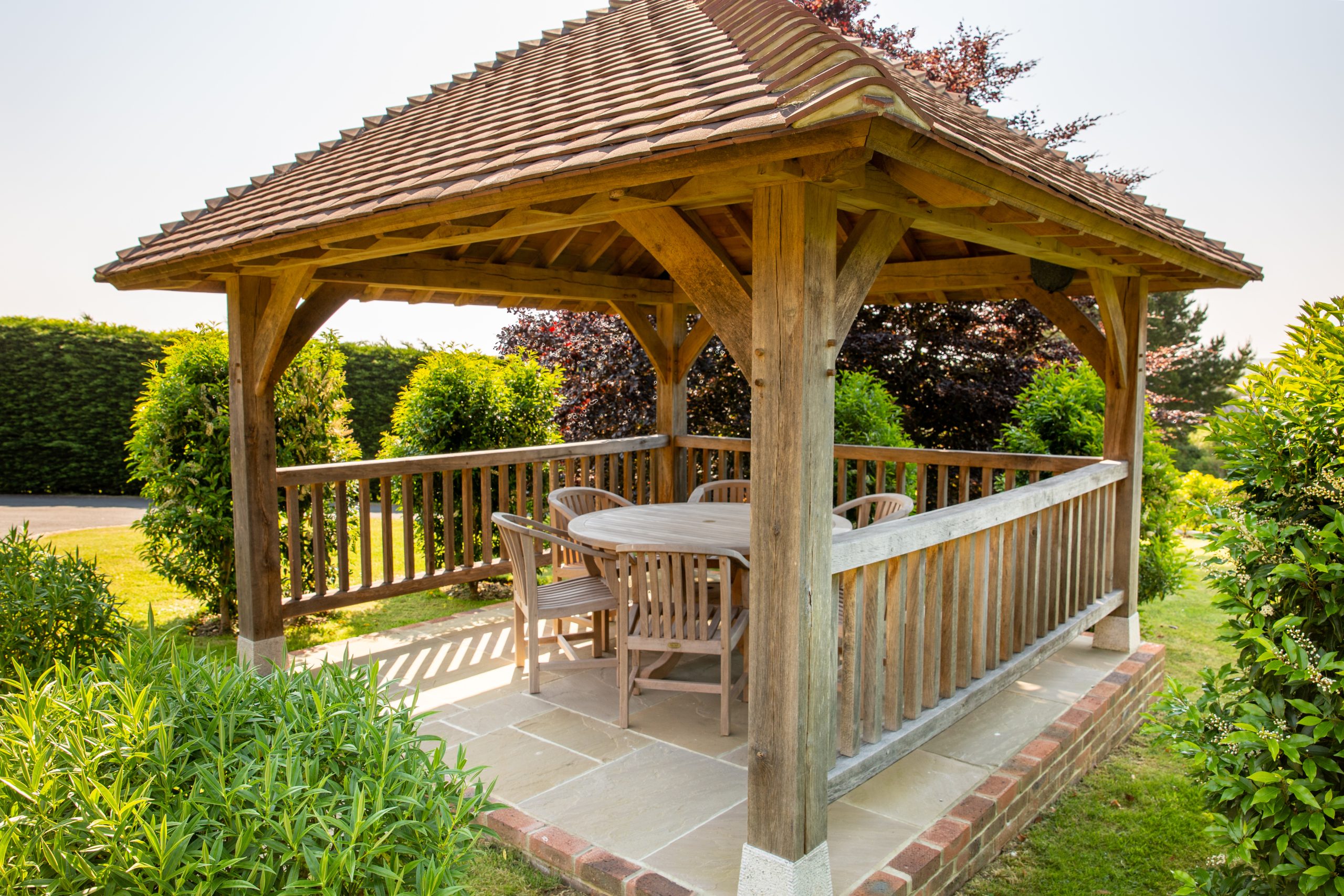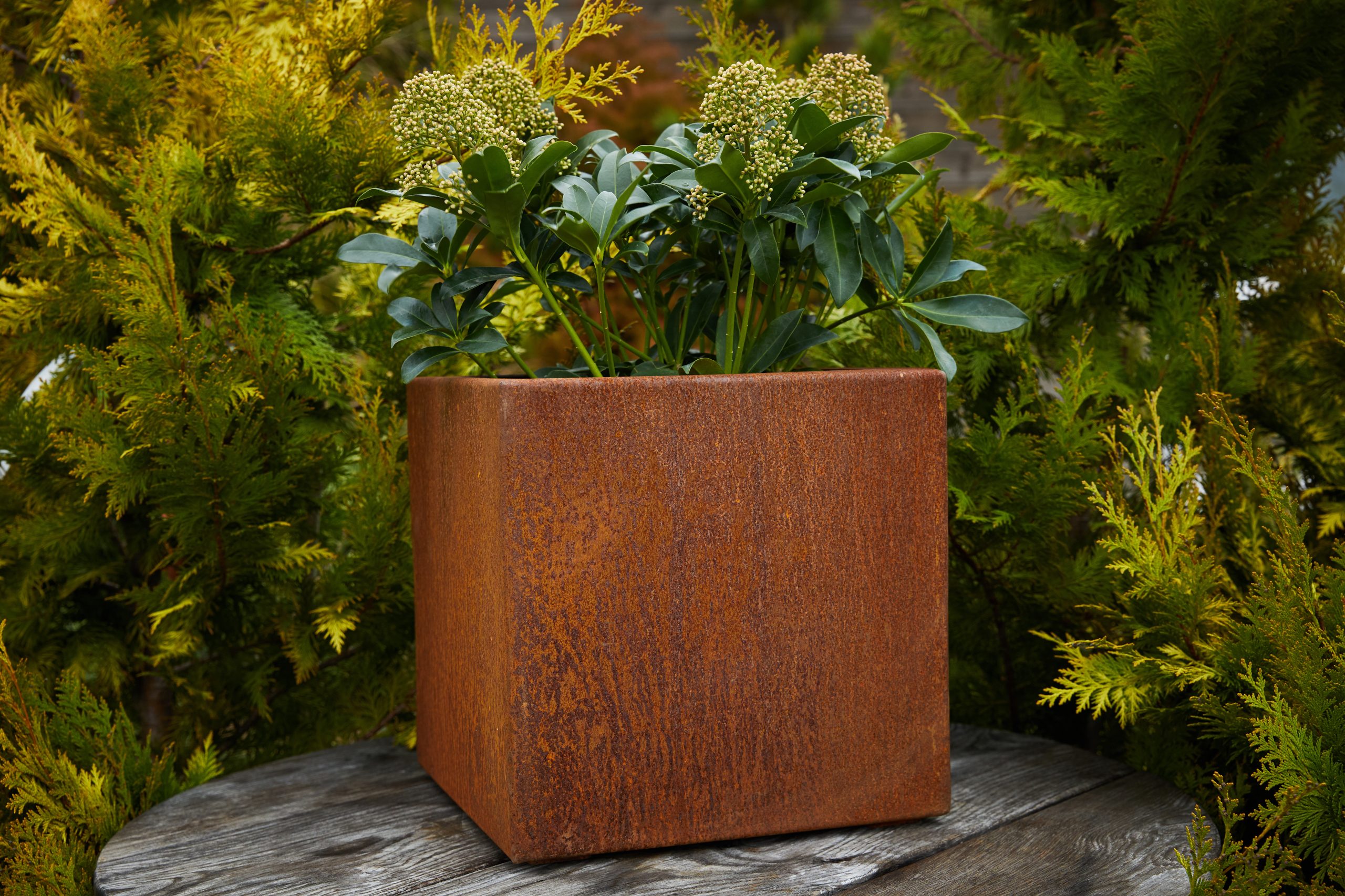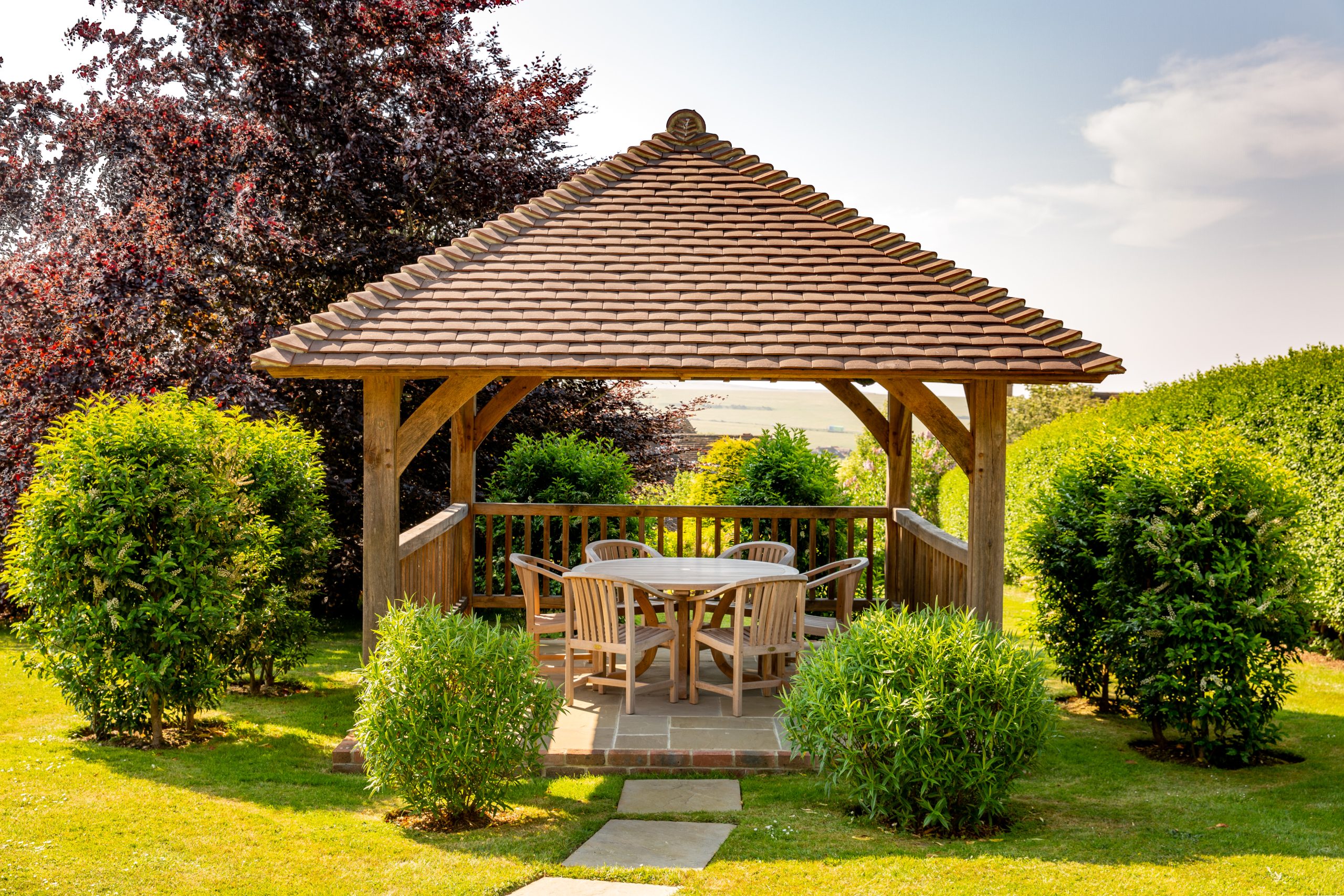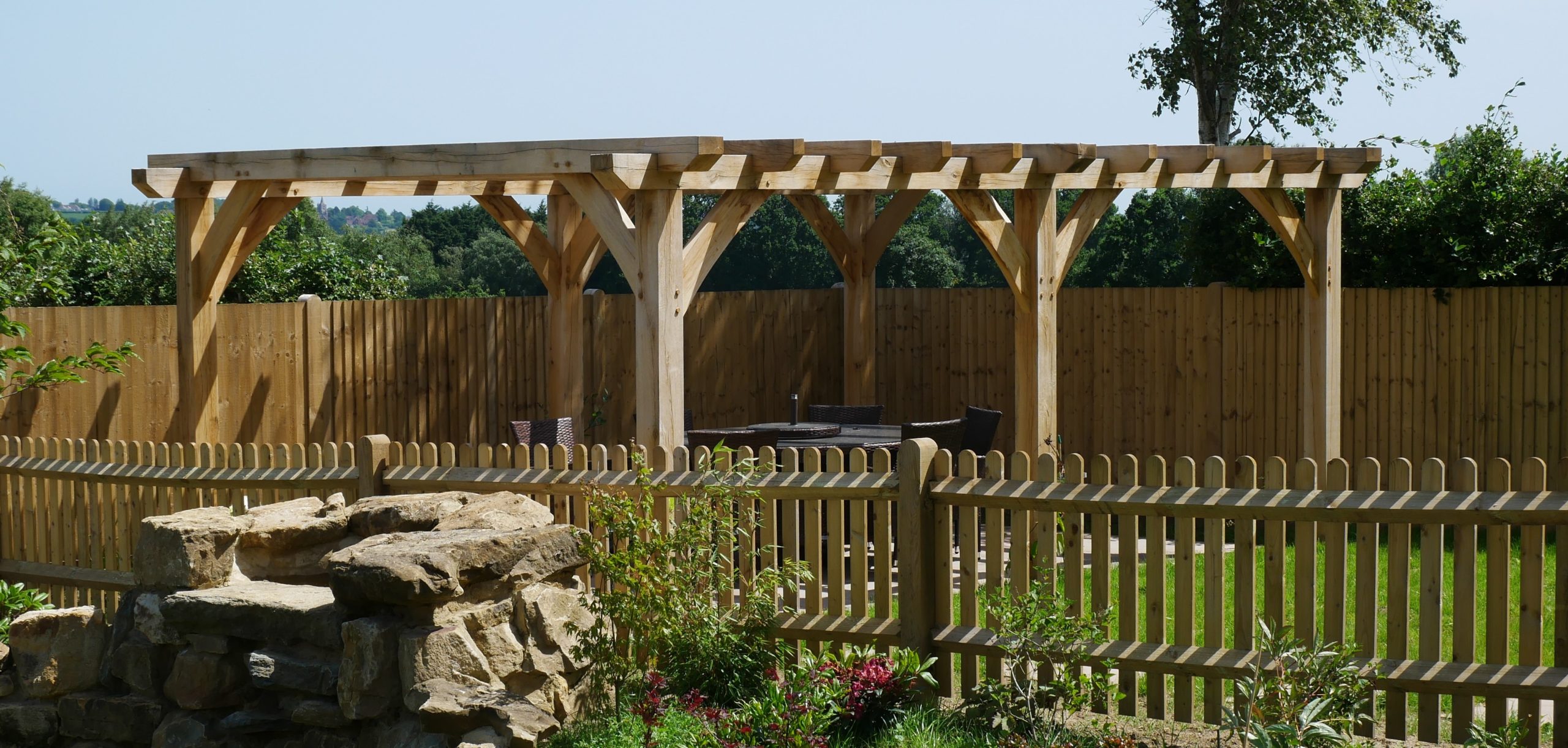How Terracotta Pots Add Timeless Character to Your Garden
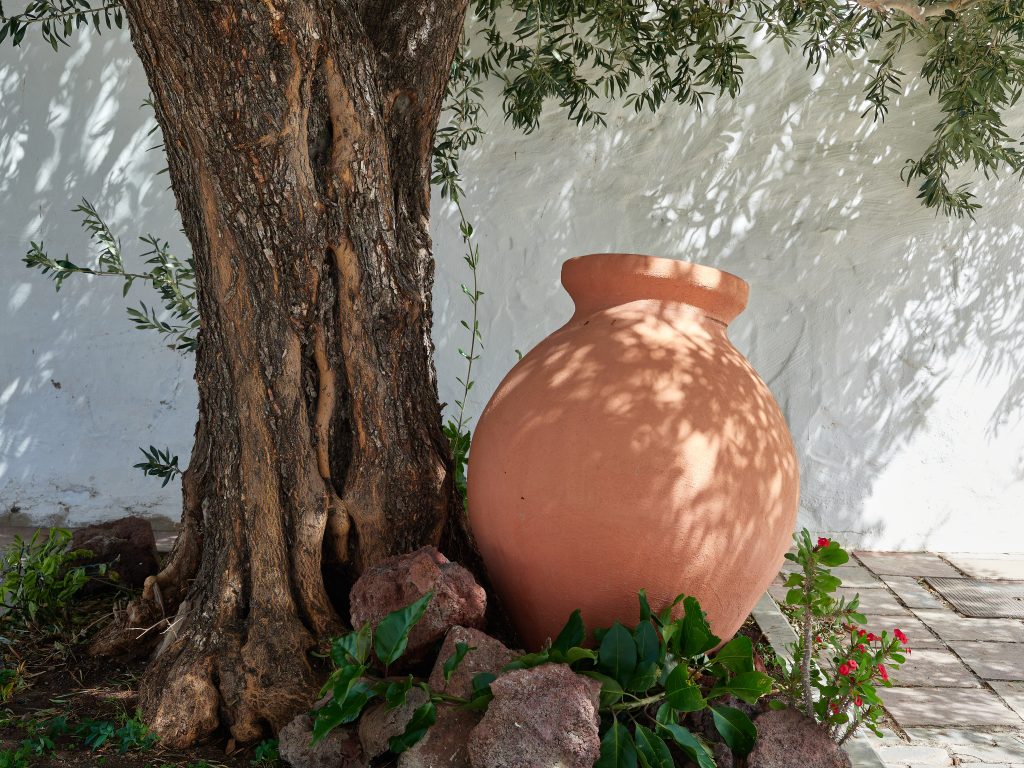
Terracotta has been a staple in garden design for centuries, valued for its natural warmth and classic appeal. This traditional material brings a touch of history to any garden, with its origins tracing back to ancient cultures. These pieces serve as practical containers and as timeless accents that complete the look of any outdoor space.
The Art of Ageing Gracefully
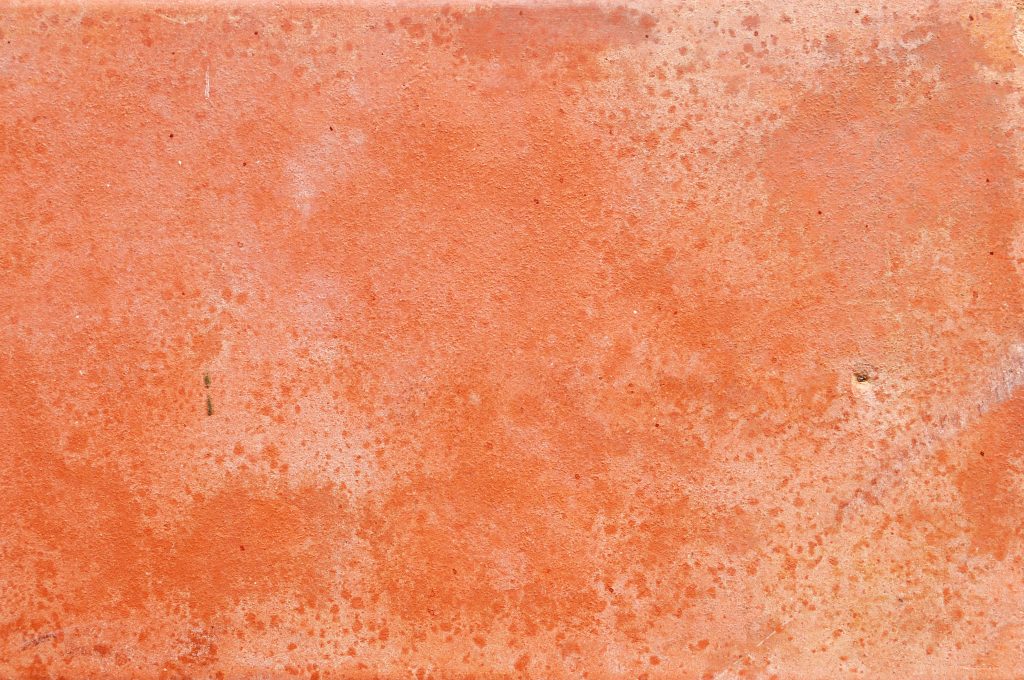
Terracotta’s true charm comes with time. As these pots age, they develop a unique patina – a natural process where the surface gradually acquires a weathered look. This patina is the result of exposure to the elements, as minerals in the water and soil leave subtle, organic marks. Over the years, these marks deepen, giving each pot its own character and story.
This aged appearance is highly sought after by gardeners who appreciate a more natural, lived-in aesthetic in their outdoor spaces.
A Perfect Combination for Your Garden
Unlike newer, pristine pots, aged terracotta blends seamlessly into the landscape, creating a sense of continuity and depth. The soft, muted tones of weathered terracotta complement both traditional and modern garden designs, offering a versatile option for any style. These pots bring a touch of history and a sense of place to the garden, making the space feel more established and thoughtfully curated.
Keeping Your Plants Happy
The porous nature of terracotta allows air and moisture to circulate through the walls of the pot, promoting healthy root growth by preventing waterlogging. This breathability helps plants thrive, particularly those that prefer well-drained soil conditions, and its ability to withstand harsh weather conditions makes it suitable for year-round use in your garden.
How Terracotta Pots Develop Their Patina
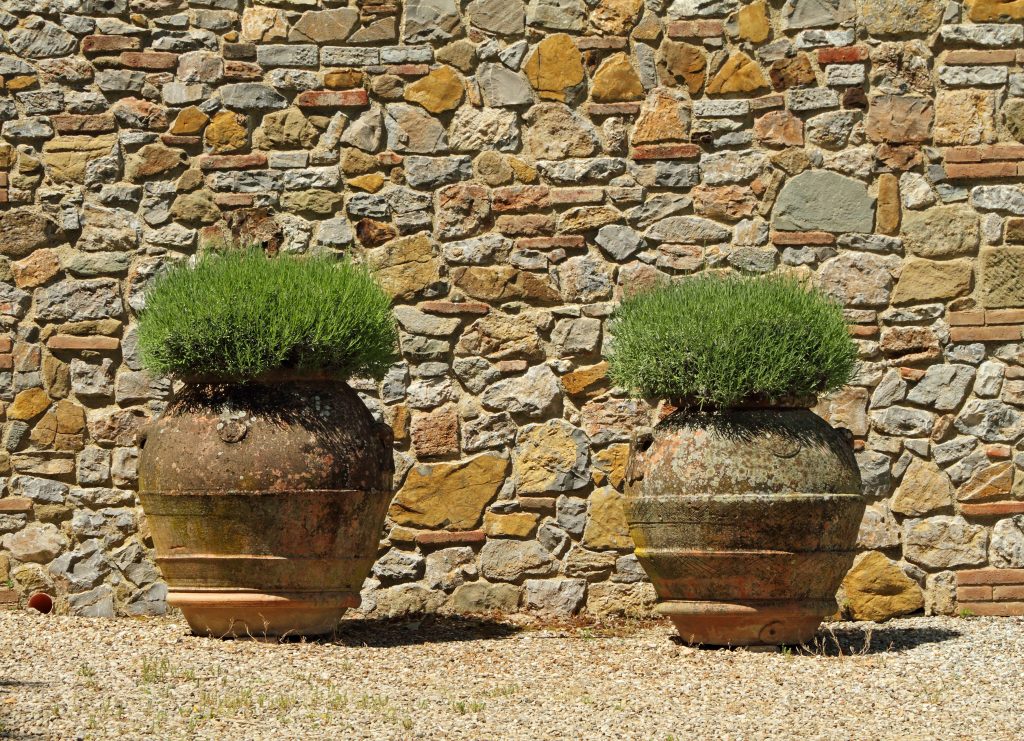
Rain, sun, wind, and soil all contribute to the development of a terracotta pot’s unique patina.
Initially, terracotta pots have a warm, reddish-brown hue. Over time, as they absorb moisture and interact with minerals in the soil, they begin to develop subtle colour variations. These can range from lighter, chalky deposits to darker, mossy patches.
Rainwater’s Effect
As rainwater seeps into the porous surface of the terracotta, it leaves behind mineral deposits that gradually build up, creating a distinctive pattern on the pot’s surface. These mineral deposits can appear as white, powdery marks known as efflorescence. While some gardeners prefer to clean these off, many appreciate the added character they bring.
Humidity’s Effect
In more humid environments, terracotta pots may also attract moss or algae, which can add to the weathered look. These green or dark growths often appear in the shaded areas of the pot, further enhancing its aged appearance.
Using Perfectly Aged Terracotta Pots to Complete Your Garden
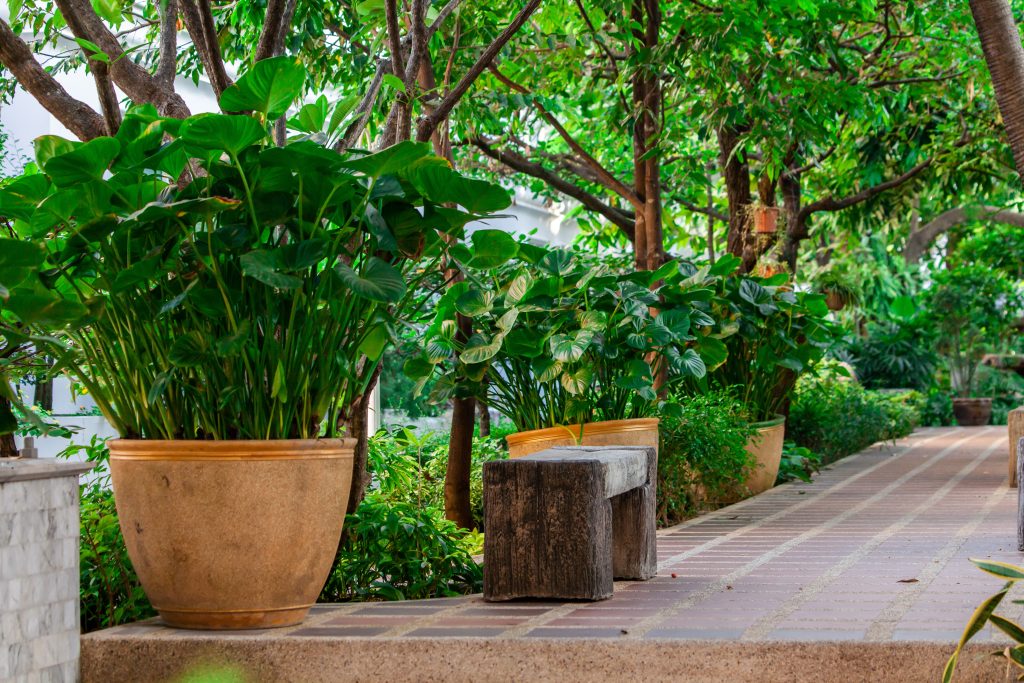
Aged terracotta pots naturally blend with their surroundings, making them an excellent choice for creating a cohesive look. Their muted, weathered tones help tie together different elements in the garden, whether it’s the vibrant colours of your plants or the materials of your garden furniture.
In a traditional garden, aged terracotta pots like the Kowloon Pot can be grouped with lush greenery or colourful flowers to create a classic, rustic look. For a more contemporary space, consider using sleek, minimalist terracotta pieces like the Oval Rectangular Trough Planter. These clean lines balance the natural, earthy tones of terracotta with a modern aesthetic, creating a striking contrast.
By thoughtfully selecting and arranging terracotta pieces, you can craft a garden space that feels both inviting and considered, no matter your style.
Proper Care for Aged Terracotta Pots
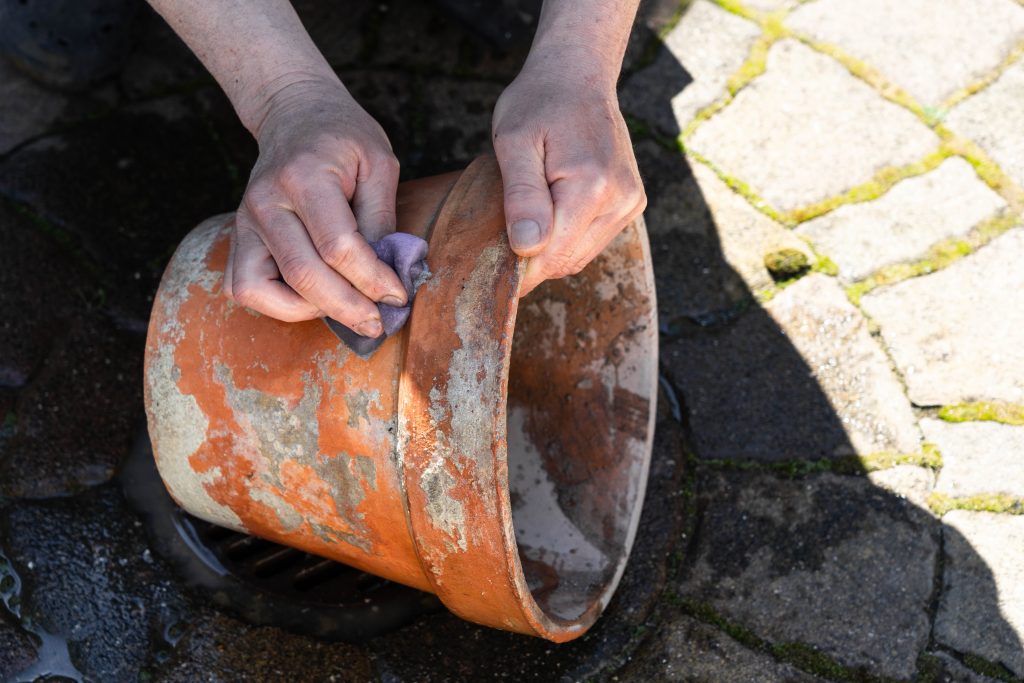
Caring for terracotta pots is simple, but a little maintenance goes a long way in ensuring their longevity.
- To Keep Pots Looking Their Best: Start by giving them a thorough clean at the end of each growing season. Use a stiff brush and mild soapy water to remove any dirt, algae, or mineral build-up. This keeps them looking fresh and prevents any unwanted bacteria or pests from lingering.
- During Colder Months: It’s important to protect your terracotta pots from extreme weather, particularly frost, which can cause them to crack. If possible, move your pots indoors or to a sheltered area when temperatures drop. If moving them isn’t an option, wrap the pots in burlap or bubble wrap to provide some insulation.
- Keeping Pots Up High: Elevating the pots off the ground with pot feet, like our Terracini Scroll Pot Feet, can prevent moisture from accumulating at the base, reducing the risk of damage.
- For Long-Term Storage: Ensure your pots are completely dry before putting them away. Stacking them with a layer of cardboard or cloth between each pot helps prevent chipping.
Every one of our terracotta pots has been crafted to last, but taking these extra steps can help preserve their beauty and functionality for years to come.
Why Aged Terracotta is a Perfect Choice for Your Garden
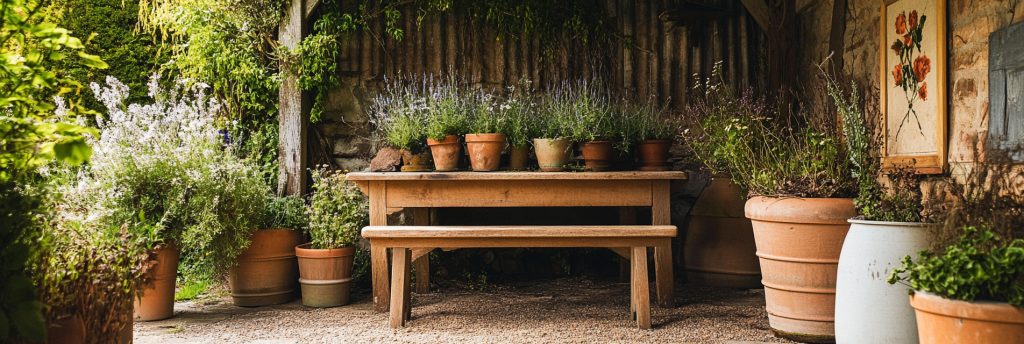
A well-placed and well-used terracotta pot brings a timeless appeal to any garden, combining natural beauty with practical benefits. From classic designs to unique, aged pieces, you’ll find the perfect fit for your garden in our collection.

